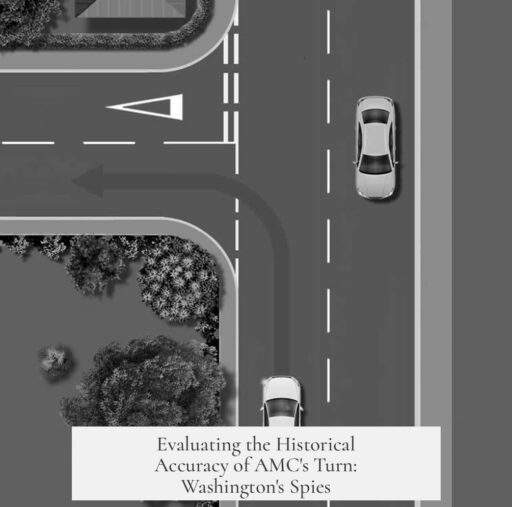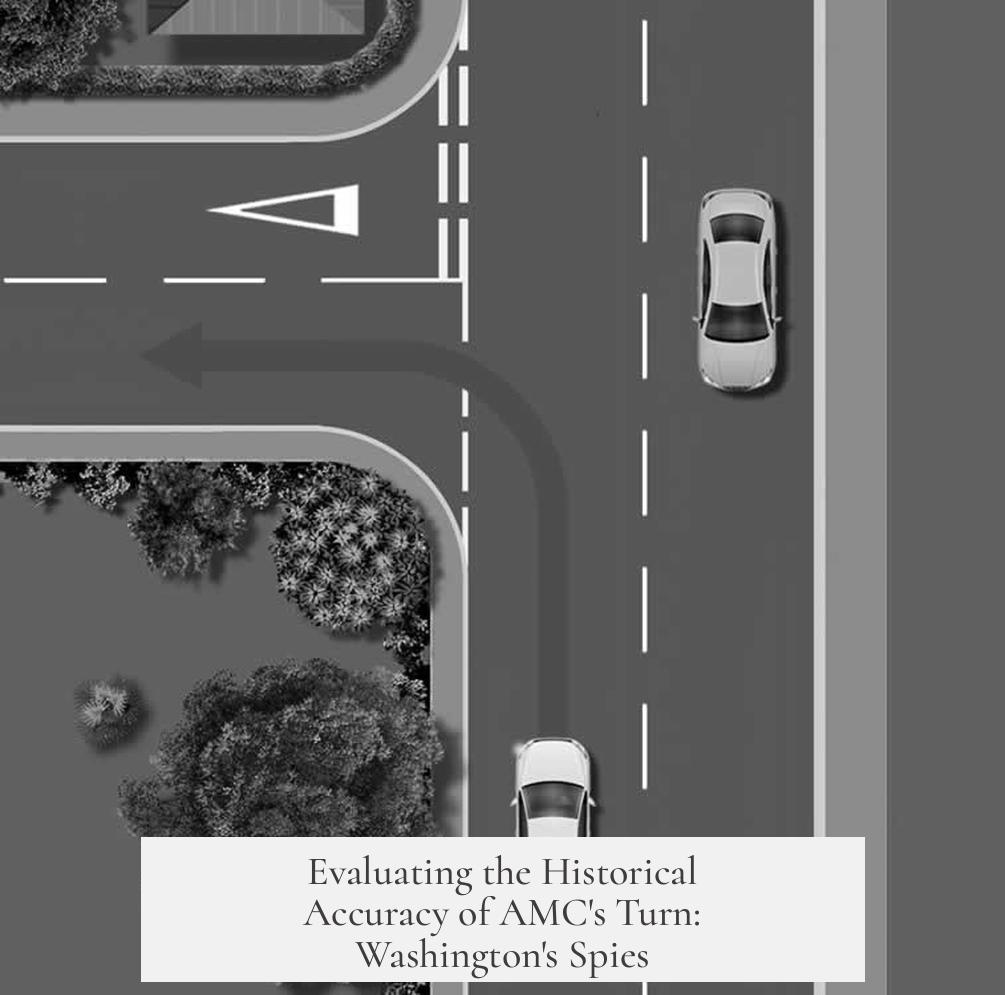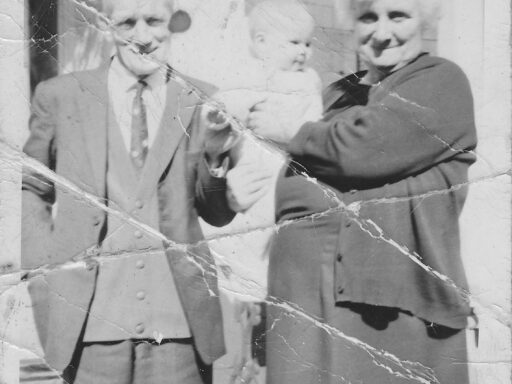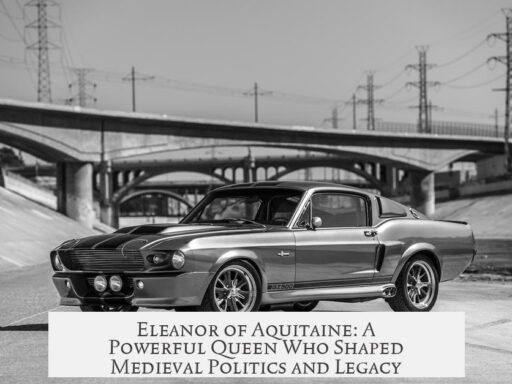AMC’s Turn: Washington’s Spies shows a mix of historical accuracy and creative license to tell the story of the Culper Spy Ring during the American Revolution. The series accurately captures major facts but alters timelines, characters, and events for dramatic effect and narrative flow.
The most notable historical inaccuracy is the timing of the Culper Ring’s formation. Turn presents it as beginning in 1776, but historians show it was established in 1778. This shifts the context and some events around the spies. The show’s depiction of the Setauket garrison is also incorrect; it portrays a government army presence when in reality, the garrison was loyalist militia, a significant distinction for understanding local loyalties.
Character portrayals contain liberties as well. John Simcoe, a British officer often shown as a ruthless villain, was indeed a feared adversary to rebel spies. However, the series exaggerates his brutality, giving him a bloodthirsty edge not fully supported by historical records. Abraham Woodhull, the real spy behind the Hollow Tree tavern, lived a quiet farming life, unlike the frequent combat and infiltration missions shown in the series. Likewise, Charles Lee’s suspected British spying is portrayed despite scant evidence supporting this claim.
The show’s liberties stem from limited historical documentation. The Culper Ring remained a secret, with relevant documents only uncovered in 1929. The actual spy network was larger and more complex than depicted, with many members’ identities still unknown. Since detailed personal accounts do not exist, creators had to imagine and amplify characters and storylines.
Turn does deliver historically sound narratives in some arcs. The depiction of Benedict Arnold’s treason and the foiling of his plot to betray West Point align closely with recorded events. Such accuracy grounds the series amid its dramatization.
To summarize key points:
- The Culper Ring’s establishment is inaccurately dated at 1776 rather than 1778.
- The Setauket garrison was loyalist militia, not a government army.
- John Simcoe’s fierceness is exaggerated beyond historical portrayal.
- Abraham Woodhull’s life and spy activities are heavily fictionalized.
- Charles Lee’s British spying is likely fictional.
- Benedict Arnold’s treason and West Point betrayal are depicted accurately.
- Limited documentation leads to creative storytelling liberties.
How Historically Accurate Is AMC’s Turn: Washington’s Spies?
Here’s the quick answer: AMC’s Turn: Washington’s Spies nails some core historical facts, but it takes plenty of liberties to keep the drama sizzling. If you’re a history buff itching to know how close the show is to the real Revolutionary War espionage, you’re in the right place.
Now, let’s dive deeper and unravel the truth behind the fiction.
The Culper Ring’s Timeline and Reality Bites
First up, the famous Culper Ring, the very heart of Turn. The show claims it was established in 1776. However, hard historical evidence says otherwise. The actual Culper Ring came to life in 1778, two years later than the series suggests. It’s a neat example of how TV prefers a tighter timeline to boost suspense and keep the plot rolling.
So, when you see Abe Woodhull and his friends sneaking secrets in the early years of the war, just remember they were probably still sipping cider and minding their farms in reality. This kind of stretching isn’t exactly a spoiler—TV needs action, and espionage doesn’t always come with thrilling cliffhangers in the archive.
Who’s in the Garrison? Loyalists, Not Regular Troops
Another subtle but significant twist: the Setauket garrison in the show appears as a formal government army. Historically, it was a loyalist militia. That means they were local fighters loyal to the British crown, but without some fancy army uniform or central government backing. Not quite as glamorous for TV villains, but more authentic to the British grip on Long Island.
It makes you wonder if history had more colorful militias, would TV shows dive deeper into their day-to-day squabbles instead of neat, black-and-white battles? Maybe not, but it’s an eyebrow-raiser.
John Simcoe: Villain or Misunderstood Official?
Every spy story needs a villain. Enter John Simcoe, portrayed as a bloodthirsty tormentor in the series. While he was definitely a thorn in the rebel spies’ side and applied brutal tactics, historical records don’t paint him as the ruthless monster the show suggests. His real-life persona was likely more strategic and less melodramatic.
Nevertheless, from a storytelling angle, AMC needed a clear antagonist. So, giving Simcoe a more menacing personality works for TV but skews history somewhat. If anything, it sparks a good question—how much should shows sacrifice accuracy for character drama?
Abraham Woodhull’s Double Life: Fact vs. Fiction
Abraham Woodhull really existed. But his war story? Less Hollywood action, more quiet farm life. In the series, he’s involved in daring missions, even joining a loyalist regiment and fighting at Yorktown. The fact is, the real Woodhull led a much more low-profile life throughout the conflict. He was a spy, yes, but his wartime activities were less spectacular than the show’s take.
This illustrates a classic TV dilemma: real historical figures often have quiet lives, but viewers want excitement—sometimes that means inventing daring escapades to keep us hooked.
Charles Lee and Questionable Spy Allegiance
The show also sprinkles a little doubt over Charles Lee, suggesting he might have spied for the British. Historically, this claim isn’t supported by solid evidence. Lee was a controversial figure, but there’s scant proof that he betrayed the American cause or acted as a British spy.
This narrative choice adds intrigue but doesn’t quite hold up to scrutiny. It’s a neat reminder to keep a critical eye on character portrayals, especially when history is silent or ambiguous.
The Best Part: Benedict Arnold’s Treason Spot On
Let’s give credit where credit is due. One of the show’s most authentic arcs is the story of Benedict Arnold. His infamous betrayal and the events unraveling around the West Point plot ring true to actual history. If you’re after moments where Turn truly captures the revolutionary spirit, this storyline is it.
This accuracy adds weight and credibility to the show’s narrative, balancing out the theatrical liberties elsewhere.
Why Take Liberties? The Mystery of the Culper Ring
Some might wonder, why all the historical liberties? The truth is, the spy ring is shrouded in mystery. Actual documentation of the Culper Ring didn’t come to light until 1929. The ring itself was much larger and more complex than what the show portrays, with many members still unidentified.
Due to limited records, the creators had to fill gaps creatively, developing personalities and plots based on scant evidence. This explains the mix of historicity and fiction.
Without ample diaries or detailed reports, the show’s writers had to imagine much of the interpersonal drama and character motivations. So, liberties become not only a storytelling choice but a necessary step to bring this elusive past to life.
Should You Trust Turn: Washington’s Spies as History?
If you’re hunting for a documentary-level breakdown of Revolutionary War espionage, Turn isn’t it. Its value lies in sparking interest and giving a flavor of spy work against the backdrop of the American Revolution. It shows the struggle and sacrifice, though sometimes with an extra dash of fiction.
Here’s a tip: watch it as a compelling drama inspired by fact, then dive into books and sources for the fuller, more nuanced truth. This habit helps balance entertainment with education.
So next time you binge-watch, raise a glass to the Culper Ring’s real spies—quiet heroes with stories still partly locked away in the dusty folds of history.




